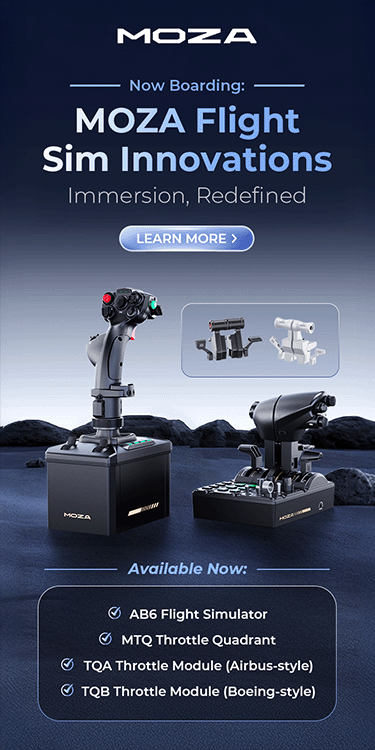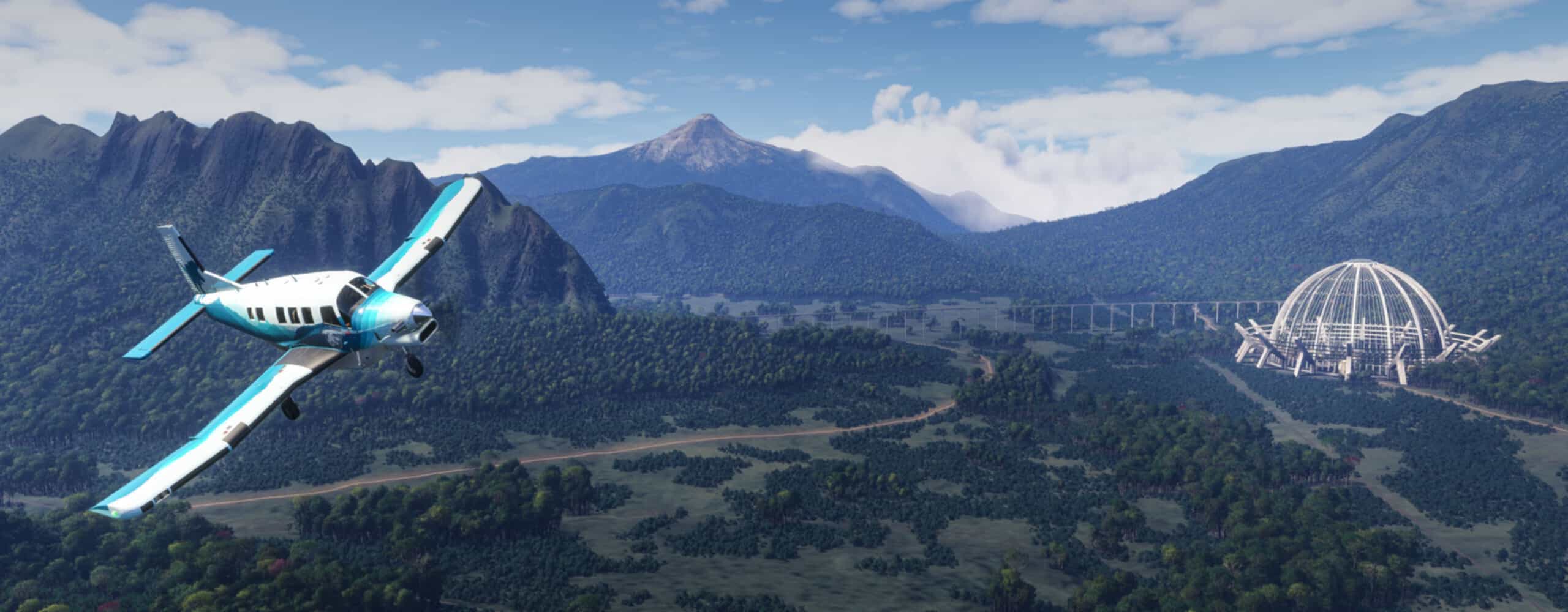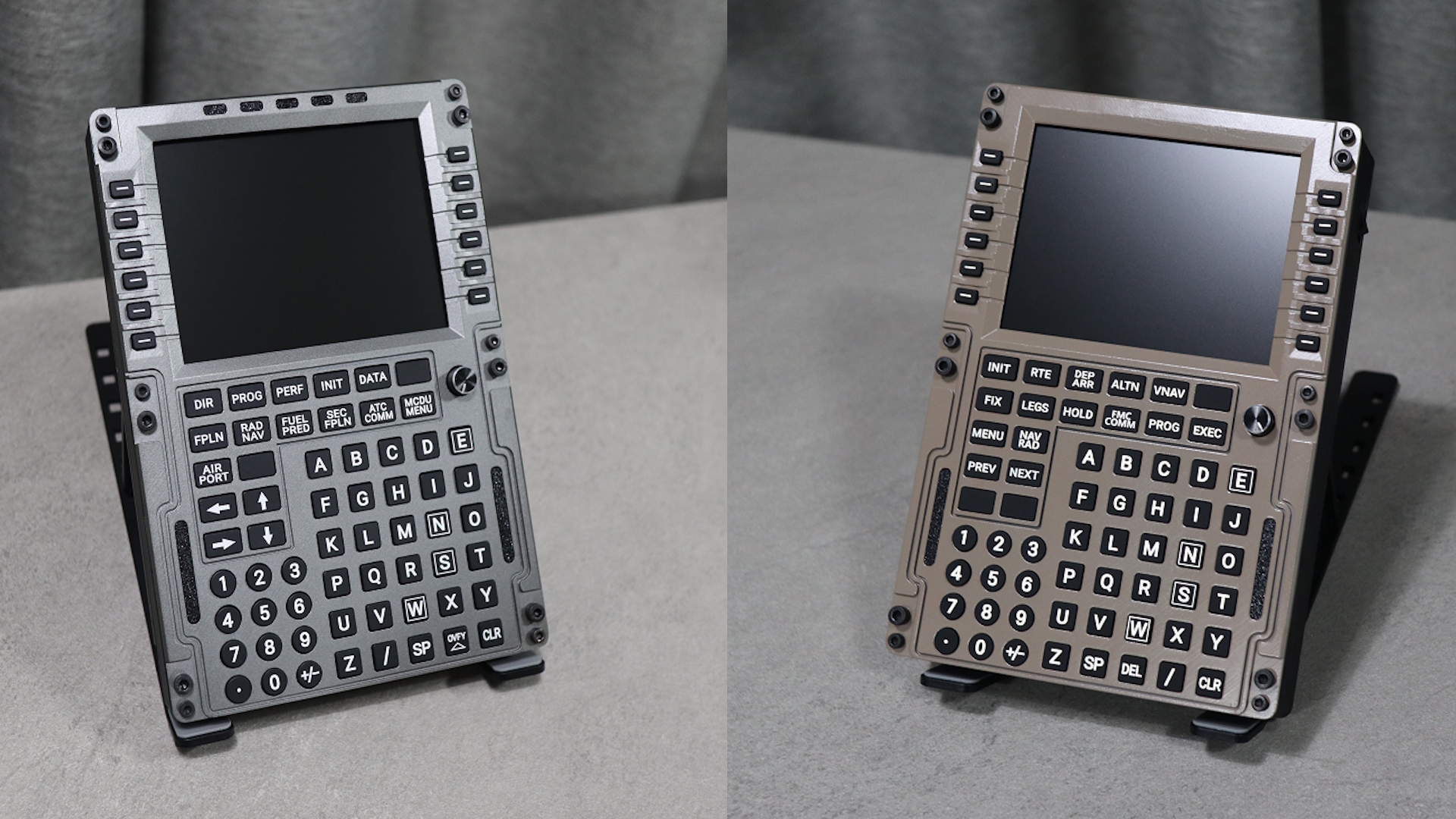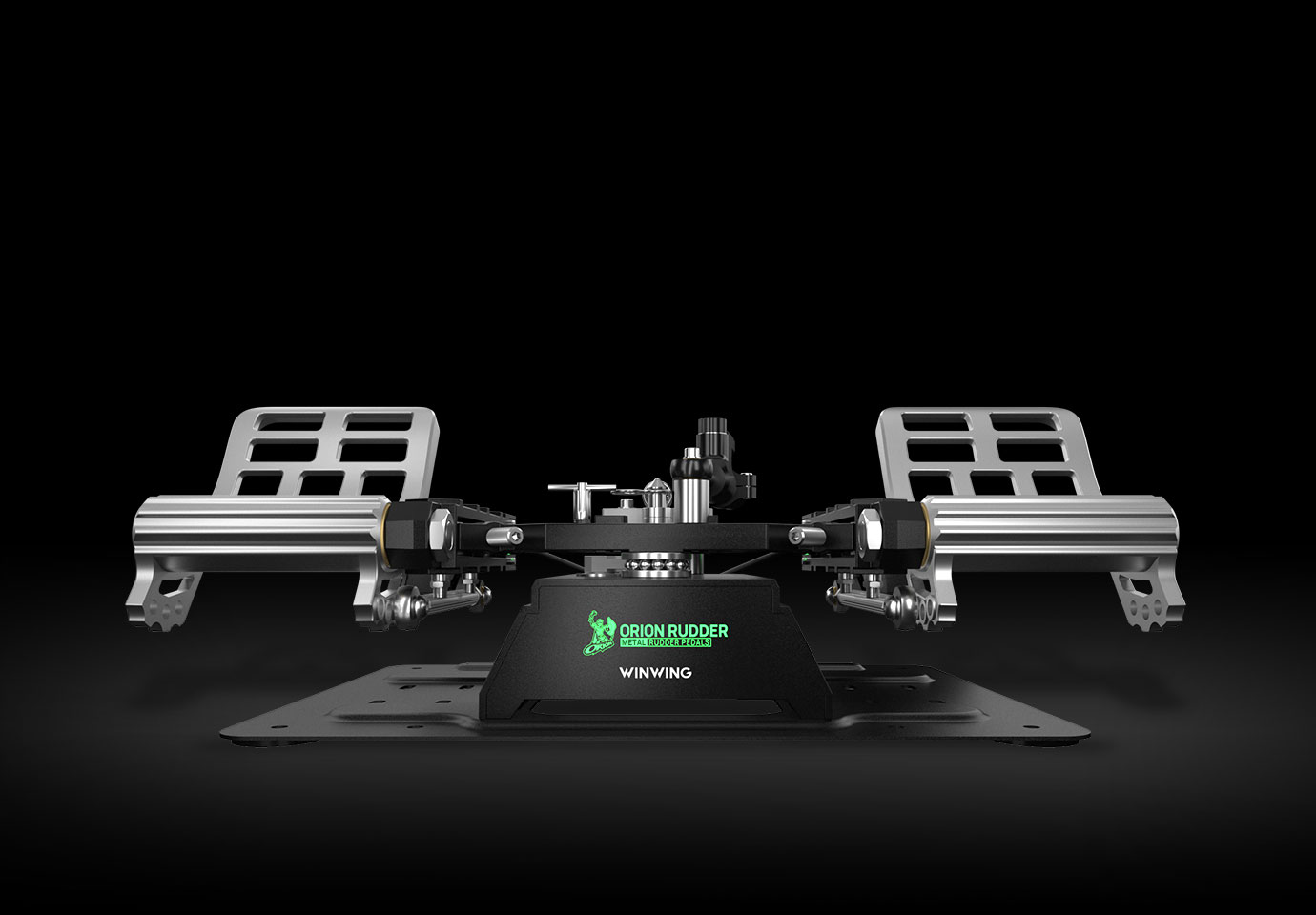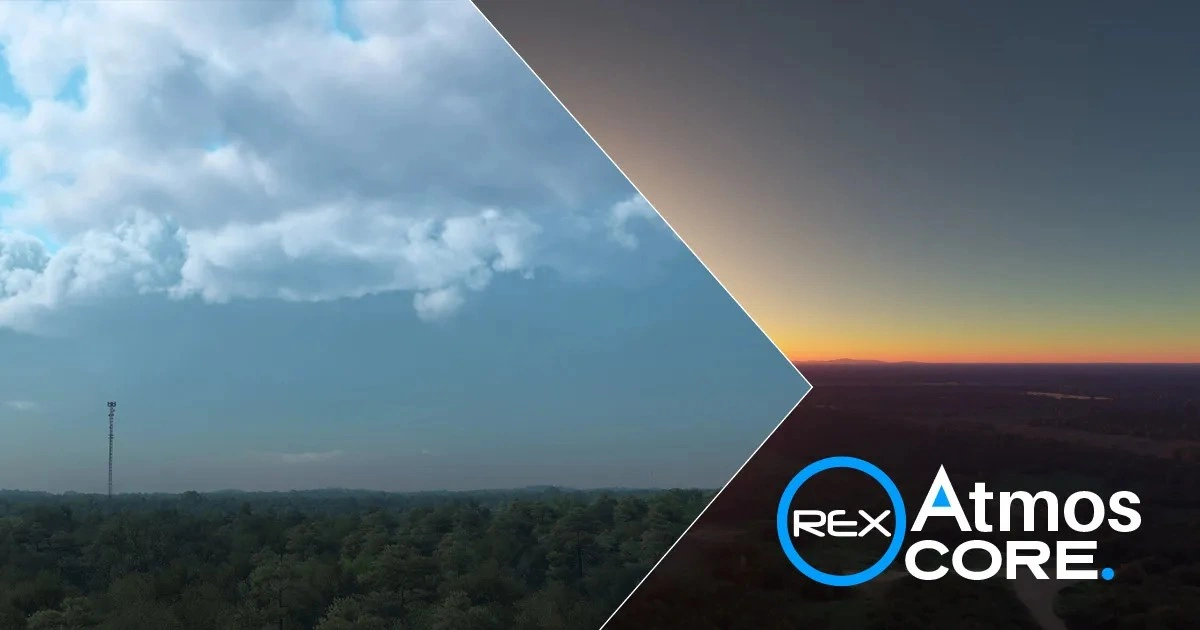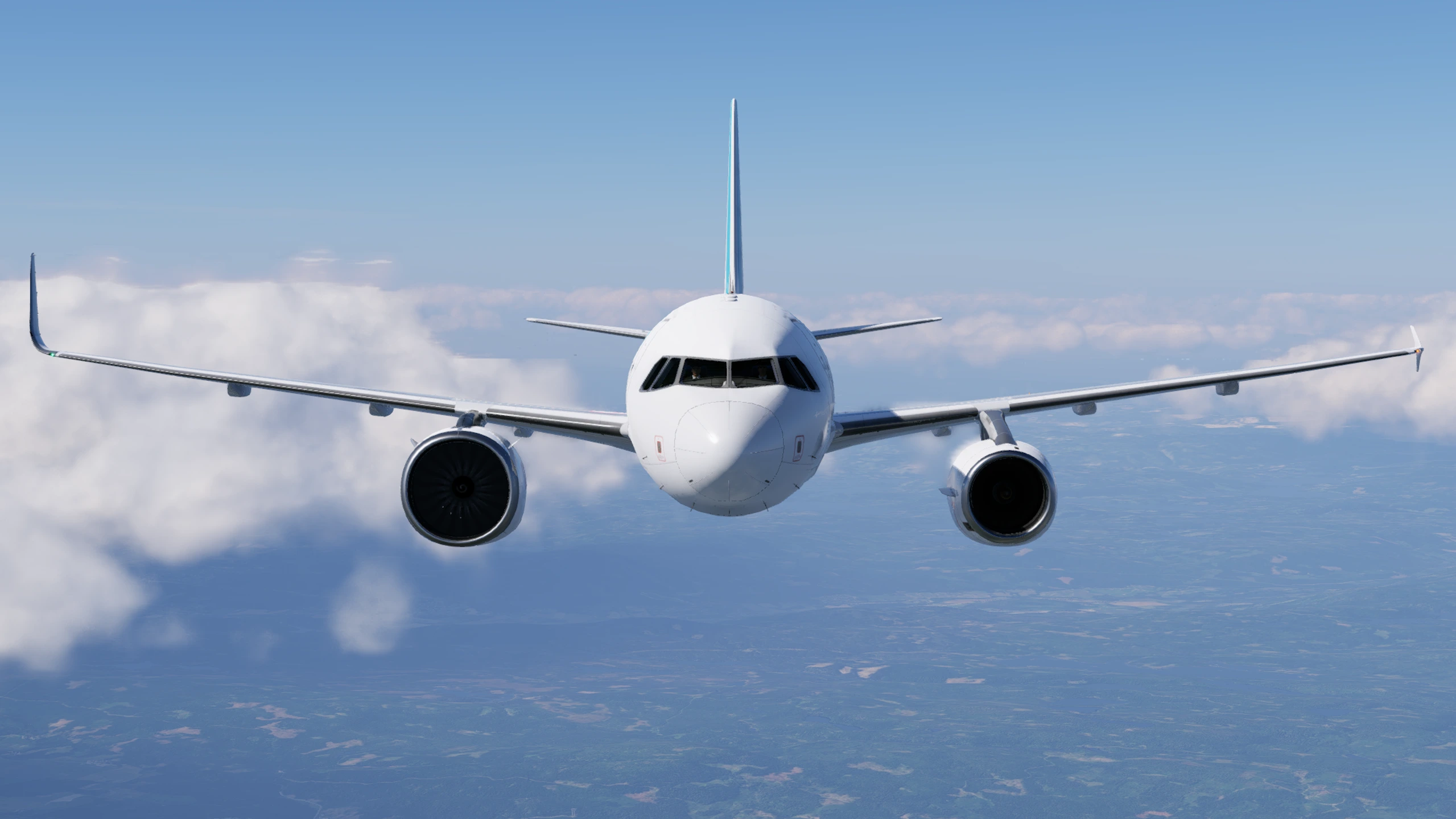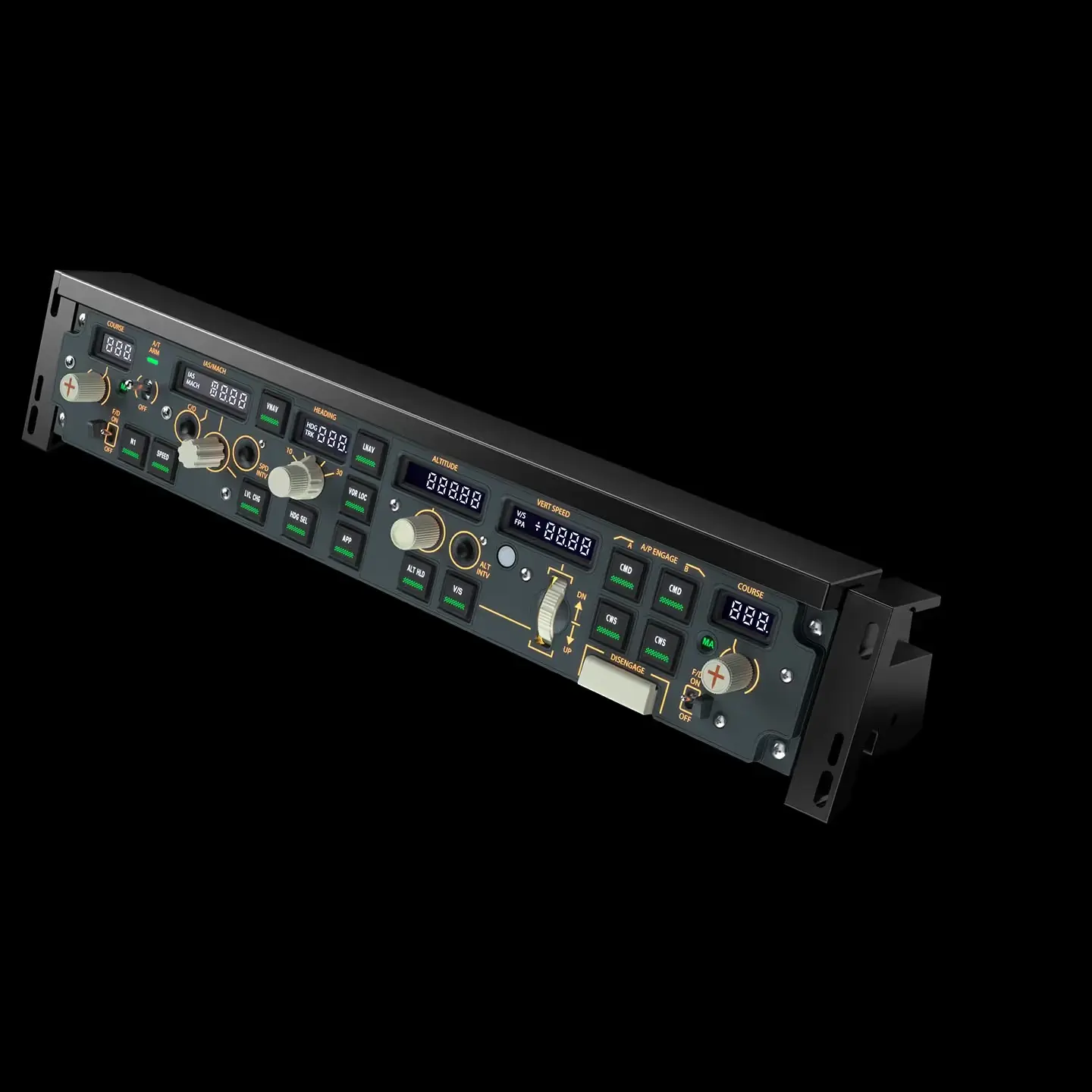Threshold Review: Verticalsim’s Southwest Florida International Airport for MSFS 2020/2024
May 27, 2025
Introduction
Southwest Florida International Airport (KRSW) is an International airport serving Fort Myers and Southwest Florida. Its yearly average of 11 million passengers makes it the second-busiest single-runway airport in the United States after San Diego.

The airport was built to replace Fort Myers' former main airport, Page Field, which was deemed too small to handle the ever-increasing demand for air travel in the region and very impractical to expand due to a major highway right near it (U.S. 41) if they were to expand the western part and the necessity to bridge a water canal and relocate a railroad track if they were to expand to the east.

After much deliberation, they picked a site close to Interstate 75—which was under construction at the time—as that would facilitate everybody's access to the airport (upon completion, of course).
Construction started in 1980, took three years, and opened on schedule in mid-May 1983. It originally featured a single 8400-foot-long runway and a passenger terminal with fourteen gates on two concourses.
Air Florida Commuter, Continental Airlines, Delta Air Lines, Eastern Air Lines, Northwest Orient Airlines, Ozark Air Lines, Pan Am, Republic Airlines, and United Airlines were the first to serve the airport in the early 1980s. Within two years of its inauguration, American Airlines, People Express, Provincetown-Boston Airlines, Southern Express, and USAir joined the airport's list of airlines.
In 1993, a 55,000-square-foot Federal Inspection Facility annexed to Concourse A was completed, along with a runway expansion from the original 8400 feet to 12,000 feet to better accommodate international service. In that same year, the airport's name was changed from Southwest Florida Regional Airport to Southwest Florida International Airport, albeit it had been handling International flights since the 1980s.
In 1998, the terminal was expanded with a new wing added to Concourse B, including three additional gates. That was in response to the airport's constant growth since the late 1980s, which eventually led to the construction of an entirely new terminal building.
The construction of a new Midfield Terminal Complex started in 2002, with three concourses in mind, 28 gates, and more than double the passenger handling capacity. It was opened in 2005 after three years of work.
They inaugurated an Airport Rescue and Fire Fighting facility in mid-2013, and a new Air Traffic Control tower, albeit scheduled for 2019, was only completed in 2022. A parallel runway project was also underway, but it was delayed indefinitely for the time being.
It's an operating base for Breeze Airways and served by Air Canada Rouge, Alaska Airlines, American Airlines, Avelo Airlines, Delta Air Lines, Discover Airlines, Frontier Airlines, JetBlue, Porter Airlines, Southwest Airlines, Spirit Airlines, Sun Country Airlines, United Airlines, and WestJet.
The scenery features an accurate rendition of the airport, with an up-to-date ground layout, custom ground textures, performance-friendly optimization, an official GSX profile, custom high-grade aerial imagery, basic interiors for performance, and much more.
Distribution
The scenery is distributed through Contrail and easily installed through their app.
First Impressions
RSW is a "special" destination to me because it was there – a bit more than a year ago or so – that my GPU first hard crashed in Microsoft Flight Simulator 2020, ultimately driving me crazy for the days that followed until I finally traced it back to the culprit: GPU sag. The funny thing is that I had an anti-sag bracket that sagged along.
I was looking forward to revisiting the airport from an entirely new perspective, without that lingering concern of "how long do I have until the display turns black?" that used to tag along with me back then so insistently.
The airline choice was the same as back then—Delta—but the chariot of choice was a bit different and newer: an A321, delivered in 2018. Oh, and Detroit instead of LaGuardia. It's almost equidistant, though, if you think about it.
If memory serves me, I was also doing that flight for a review, albeit the reviewed counterpart was not RSW but LGA. There is nothing quite like working under "pressure" with a GPU that was crashing every so often.
The 2-hour, 24-minute flight went as uneventfully as it could. There was a bit of bad weather upon departing Detroit and most of the way, but it eventually cleared up as I descended toward Southwest Florida Intl.

The landing was a bit floatier than I'd like—that's sharklets on Airbus for you—but still within the markers, which makes me a happy camper nonetheless. Being now somewhat used to Verticalsim's standards, I was happy to see that they kept the bar high with their ground marking work, superbly looking as usual, as I vacated right out of runway 6 to my resting place, stand C6.


At first glance, the work on the terminal didn't disappoint either, with custom – and individually marked – jetways, transparent windows allowing a glimpse of the passenger terminal, plenty of ground clutter, placards here and there, and easily selling the thought of a busy environment.


Modeling / Texturing
The 3D modeling work across the passenger terminal and its many concourses is impeccable. It uses high-quality texturing and a commendable degree of attention to detail that shows in every corner, significantly aiding the airside immersion from a pilot's perspective.


As mentioned before, the jetways are completely custom and individually marked with their respective stand numbers (which is extremely helpful for North American airports as most of them don't have the stand number close to the taxi line that leads into the terminal, more so, halfway through, whereas in Europe you generally see the stand number right out of the box).


The ground clutter strikes a neat balance between not being too much or too little. There is a good amount of ground service equipment scattered around, generally matching the airline responsible for those stands (super immersive!)—Delta equipment on Delta stands, Southwest equipment on Southwest stands, and so on. While most of the stuff is custom, I spotted a few baggage crates from the SDK with the "Simulator" label. No biggie, though.



The ground textures are equally solid, with clear markings at my current LOD settings (200). The concrete looks really nice, although I think it could use some oil stains here and there, as per the real thing (you can spot a lot of it on Google Earth around the stands). The tonality, though, matches the real thing well.


As for the interiors, they were made with performance in mind, meaning they won't be up to "triple A" scenery standards in that aspect, but the benefits outweigh the cons in the sense they won't use anywhere as much VRAM and thus unnecessarily impact performance (which is very important, especially in DirectX 12). That said, as basic as it may be, it surely gets the job done. It looks legit from inside the cockpit, and the parts closer to the jetways look good regardless. It gets underwhelming as you wander into the less airsidey bits of the interior, but it's a flight simulator and not a terminal simulator at the end of the day.




The cargo area – often forgotten as it's not people's main point of interest – doesn't disappoint either, very much in line with some of their previous sceneries. The clutter over that section is quite chaotic, as you can expect.


On that cargo note, they did not forget to add a variety of Western Global airplanes, as Fort Myers happens to be their hub, and it would only make sense. They can be seen from the Frontier stands (Concourse B), painting the background with their distinct – albeit awfully simple – livery.

The PrivateSky FBO is also present, and comes in clutch for late afternoon shots due to its cool night lighting (more on that later).


Many landside buildings were also modeled, like a convenience store, a Dunkin' Donuts, and a pharmacy, all with their respective logos and stuff—uncompromising attention to detail all around.
Night Lighting
The night lighting is consistent throughout the entire airport and does not disappoint. It nails that middle ground between too bright and too dark, which makes the night flying experience a lot more immersive, both while parked at the stand and during approach or departure.


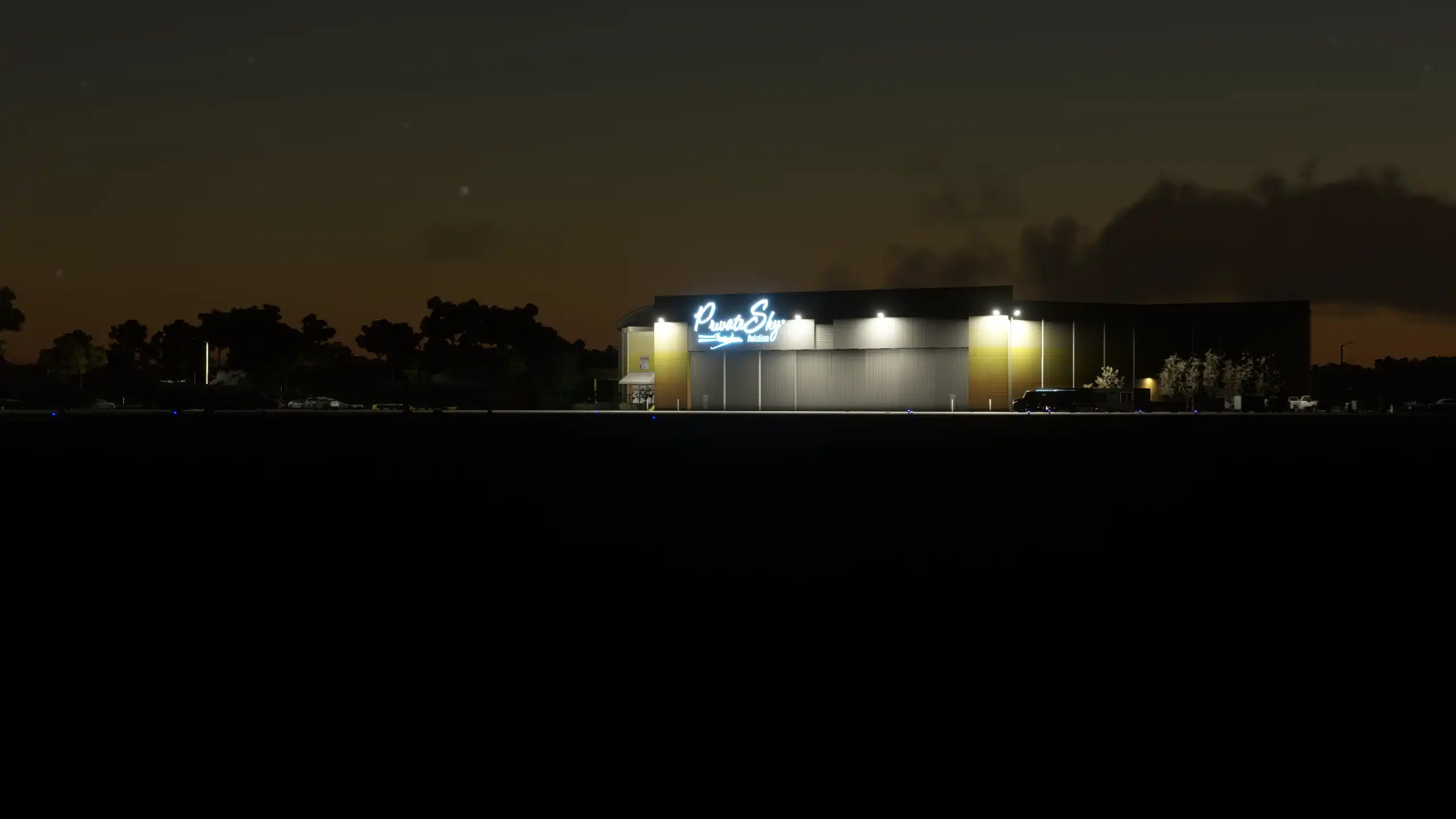
The interiors—albeit basic—light up nicely, and you can see all of that from the comfort of your cockpit. There are a bunch of TVs, monitors, and the occasional hustle and bustle of a busy airport in the United States.



The taxiway/runway lighting is equally decent, making it a fun destination day or night. I have no complaints.


Performance
My Setup: 32 GB RAM DDR5 6200 Mhz, Ryzen 7 9800X3D 5.2GHz, Nvidia GeForce RTX 3080 10 GB, 2 TB SSD NVMe



Their performance optimization claims were proven truthful in the end, with my frames sitting above high 30s, low 40s on short final (I average 45-50 during cruise). No stutters were observed upon initiating the flare or right after the touchdown, as it's commonplace in sceneries with subpar optimization.



Moving through the scenery with the drone camera has also proven to be very stable, with no observable performance drops, indicative of good LOD (level of detail) work across the board.



All in all, Verticalsim has managed to make a very performant rendition, yielding really solid visuals without hammering the VRAM usage or compromising consistency. It makes acceptable tradeoffs where it doesn't really matter much, if at all.

Conclusion
For $18.37, it's really hard not to recommend Verticalsim's rendition despite not being a top Floridian destination. At the end of the day, it's still served by almost every major US airline, with a wide route network both East and West. There's no lack of variety in that route pool whatsoever.




The asking price is very fair for the best RSW in the market when writing this review. Detailed, performant, consistent, and all-around a solid product.



A huge thank you to Verticalsim for providing us with a review copy!
If you enjoy our content and want to support Threshold, consider joining us on Patreon!
Share this page
COMMENT ADVISORY:
Threshold encourages informed discussion and debate - though this can only happen if all commenters remain civil when voicing their opinions.

